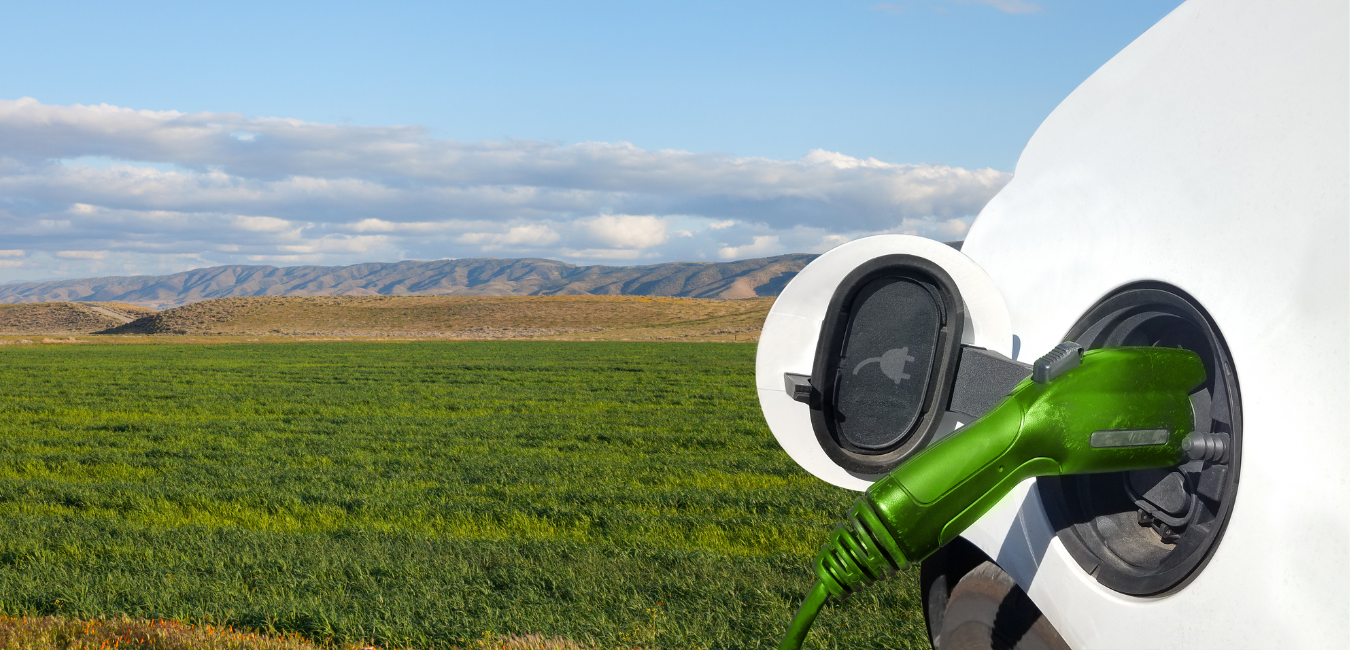Go Farther with Quick 220®’s EV Charger!
Trading a smelly, dirty gas pump for an easy, clean plug is beautiful. With dozens of electrical outlets in your home, it’s far more convenient. But simple Level 1 charging from a standard outlet can be painfully slow. With charge rates in the single digits per charge hour, a full charge from empty on a 110v outlet can take 24 hours or more. Now, if you’re driving far less than the maximum range of your EV, it’s no big deal; you can charge for your daily commute overnight and at the office. But if you’re like many Americans, between a long work commute and errands, you’ll lose a full day of driving every week to recharge! What if there was an easy way to convert your 110 to 220 EV charger?
The Voltages Make a Difference
Let’s look specifically at the Mobile Connector from Tesla. If you’re only plugging into a standard wall outlet like you would with a toaster or your phone charger, the best charge rate you can hope for is a measly 4 miles per charge hour. However, when you can hook up to a 240-volt outlet and increase the amperage rate, even without the expensive dual on-board charger system, you can double, triple, quadruple, or more the miles per hour charge you can get! Keep in mind that this is at home. If you have more driving to do after driving all day, you no longer have to leave your EV at a public charger several blocks away, if there is one!
But not every home has a free 240-volt outlet in the garage. If there is one nearby, it’s probably for the dryer and already in use. If you’re renting or have gas appliances, there may not be a single 240-volt outlet anywhere. So, what do you do if you want to drive an EV without being inconvenienced by absurd charge times on standard voltage? The answer: you get a voltage converter from Quick 220® Systems and change from 120 to 240 EV charger.
EV Charging with the Quick220 Voltage Converter

A Quick 220® voltage converter combines the 120-volts from two different outlets in your home into a reliable and easy-to-use 208–240-volt to charge your EV in a one half to one third of the time and without the high cost of hiring an electrician!
1. Charging Cord Modifications
Suppose you have EV's with J-1772 Charge Cables such as Nissan Leaf, Kia Soul EV, Toyota Prius, Mitsubishi, Chevy Volt, or Honda EV. In that case, your charge cable will need to the following characteristics:
- Level 2 rating
- J1772 connection to vehicle
- 240 volts
- 16 amperes maximum (adjustable is a great option if you only have 15 ampere circuits available!)
- NEMA 6-20 plug
If you have a Tesla EV, the charging cable will depend on the manufacturing date of your vehicle.
- 2017 Tesla and earlier - Gen 1 Charge Cables were supplied with 2017 and earlier Teslas. These charge cables can be identified by the Gen 1 Adapter at the wall plug end of the cable. Tesla has stopped supplying the NEMA 6-15 and 6-20 in the Gen 1 style. However, the Quick 220® System is available with a 6-15 adapter to make connection to the Gen 1 charge cable.
- 2018 and later Teslas - Gen 2 charge cables were introduced late in 2017 and are supplied with current models. They are identified by the adapter at the wall plug end of the cable. The plug will change depending on the 208–240-volt outlet you are matching. Use the Tesla Gen 2 NEMA 6-15 adapter if your household circuits are 15 ampere or the Gen 2 NEMA 6-20 adapter if your circuits are 20 amperes.
2. Connecting Your Charging Connector

You must attach your charging connector to the appropriate Quick 220 voltage converter. For EV's with J-1772 Charge Cables, you can connect it directly to a Quick 220® System A220-20D voltage converter. For 2017 Tesla and earlier the Quick 220® Package P-110 is recommended. The Quick 220® Package includes Quick 220® A220-15D and 6-15 Adapter for Gen 1 charging cables. Tesla’s manufactured after 2018, using Gen 2 charge cable, it is recommended to use Quick 220® 15 Ampere Voltage Converter Model A220-15D with the Tesla Gen 2 NEMA 6-15 adapter using 120V outlets not controlled by a GFCI.
3. Locate Two Outlets
Once your charging cable is connected to the Quick 240 voltage converter, you’ll need to find two outlets in your home that are out of phase. Unfortunately, they’ll usually be far apart, so we recommend getting one of our packages that includes extension cords. At this point, the light on the front of the Quick 220® voltage converter unit will light up when one plugs the second cord into an out-of-phase outlet, giving you 208-240 volts.
4. Charge Your EV
All that’s left is to plug in the charging connector of your EV cable and flip the breaker on the side of the voltage converter. Now, if the two circuits you’ve picked in your home are not rated to at least 20 amps, there is a chance you could trip the breaker when charging. In this case, select a lower charge rate on the charging cable and continue your charge.
That’s all there is to it! You’re now on your way to faster and more economical EV charging! You can check out our “Electric Vehicle Charging” page for more detailed instructions.

